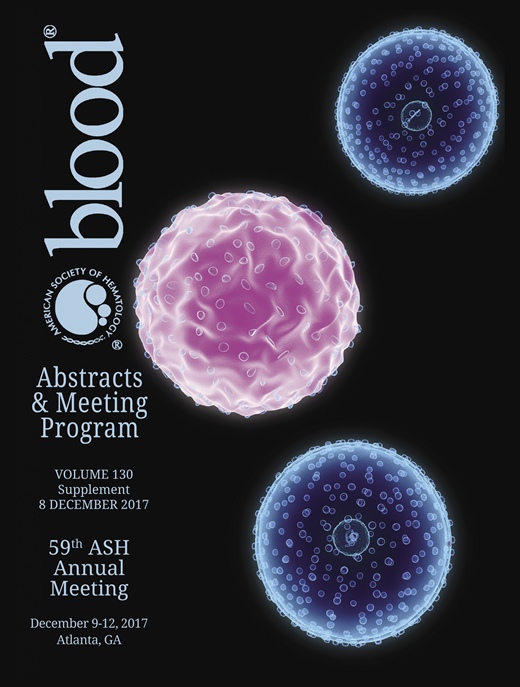Abstract
Allogeneic hematopoietic stem cell transplantation (allo-HCT) is an effective means by which to treat a wide variety of diseases resulting from dysfunctional hematopoiesis. However, the development of graft-versus-host disease (GVHD) remains the major cause of morbidity and mortality after allo-HCT. GVHD has been shown to occur in 2 phases: acute GVHD (aGVHD) and chronic GVHD (cGVHD). The IL-12 family of cytokines is comprised of IL-12, IL-23, IL-27 and IL-35. This family of cytokines is biologically distinct in that they are composed of functional heterodimers consisting of α and β-chain subunits. Of these, IL-12 and IL-23 have well documented proinflammatory functions responsible for Th1 differentiation and Th17 stabilization, respectively, and play critical roles in GVHD development. IL-12 (p35/p40) and IL-23 (p19/p40) share a common receptor chain, IL-12 receptor β1 (IL-12Rβ1), among the IL-12R and IL-23R signaling complexes, which consist of IL-12Rβ1/IL-12Rβ2 and IL-12Rβ1/IL-23Rα, respectively. While IL-23R expression is widely implicated in autoimmunity, the role of IL-12Rβ1 in this context remains much less defined. In agreement with previous publications, we found a pathogenic role for IL-23R on donor T cells in aGVHD; however, a similar effect was not seen for IL-12Rβ1. In contrast, using a transition mouse model for cGVHD (B6 to BALB/c), donor splenocytes deficient for either IL-12Rβ1 or IL-23R had an impaired ability to induce cGVHD compared to WT controls, indicating distinct roles for these receptors in the development of GVHD. We further investigated how these receptors on T cells function during cGVHD development by evaluating donor T and B cell reconstitution and differentiation in recipients at day 60 post-BMT. In the T cell compartment, cohorts that received IL-12Rβ1 and IL-23R- deficient splenocytes showed significantly decreased frequencies of donor Tfh cells (CD4+CXCR5+PD1+) in addition to decreased IFNg, IL-17 and IL-4/5. Conversely, donor B cell frequencies and double positive thymocytes were significantly increased in recipients of both IL-12Rβ1-deficient and IL-23R-deficient donor splenocytes compared to WT controls. Interestingly, germinal center B cells (B220+GL7+FAS+) were significantly decreased with a consistent decrease CD86 MFI in cohorts receiving IL-23RKO, but not that received IL-12Rβ1KO splenocytes, implying a pathogenic role for IL-23R on B cells in cGVHD. Taken together, our studies indicate that IL-23R plays an essential role, whereas IL-12Rβ1 is dispensable, for donor T cells to induce aGVHD. However, both IL-12Rβ1 and IL-23R play a similar, albeit not identical, pathogenic role on donor T cells in the induction of cGVHD. We interpret that donor T cells have a differential requirement for IL-12Rβ1 or IL-23R which is dependent on the level of inflammation (e.g. acute vs. chronic phase of GVHD) and, under certain circumstances, that IL-23R signaling can be transmitted without IL-12Rβ1.
No relevant conflicts of interest to declare.
Author notes
Asterisk with author names denotes non-ASH members.

